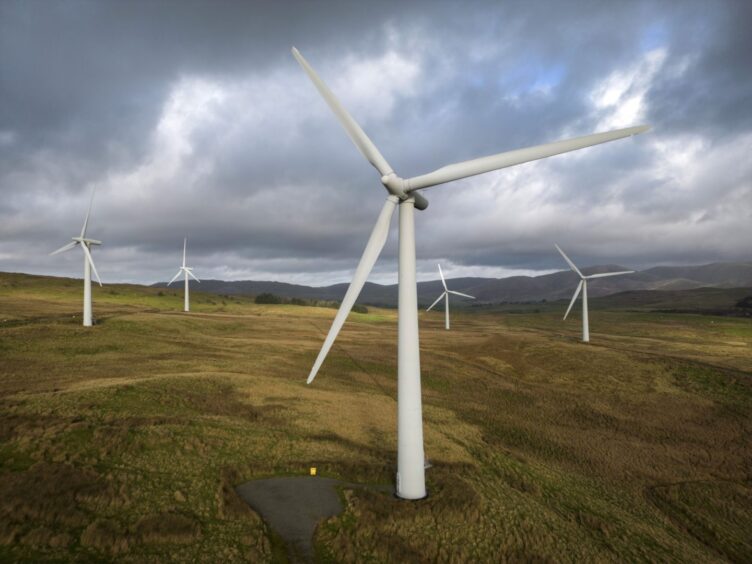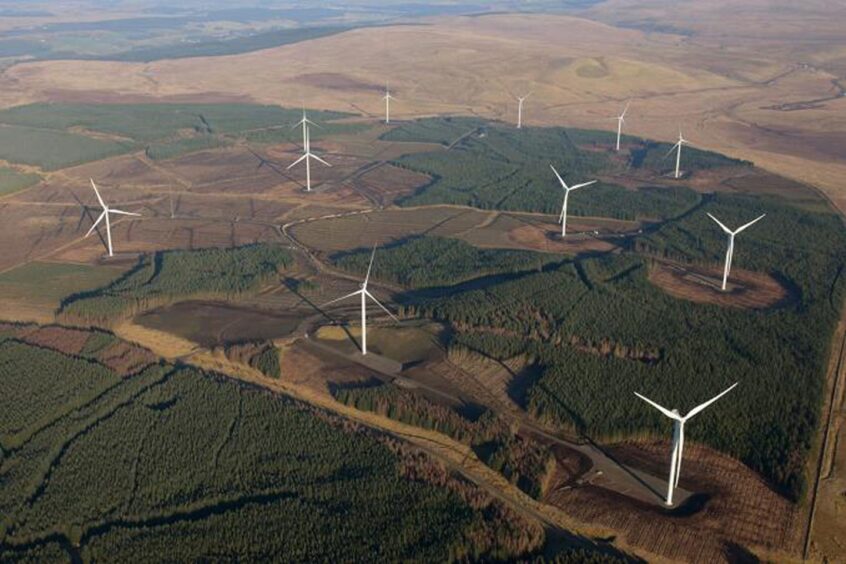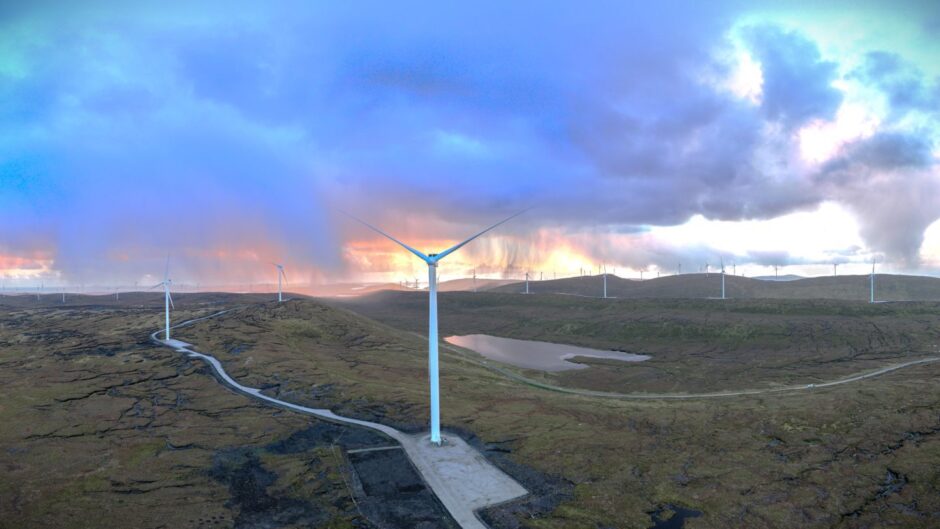
As the UK marches toward its ambitious net-zero targets, the renewable energy sector continues to grow. Scotland is emerging as a cornerstone of this transition, with landmark projects like the Viking wind farm on Shetland showcasing the scale of what’s possible.
However, despite these successes, significant legal and regulatory hurdles are limiting the sector’s full potential.
While these frameworks ensure responsible development, their current structure is slowing the progress needed for the UK to meet its climate goals.
Shifting regulations and the UK onshore wind snub
The UK’s evolving regulatory landscape is one of the biggest obstacles to the rapid development of renewable energy projects.
For many developers, navigating shifting regulations and complex approval processes — such as environmental impact assessments and local opposition — leads to costly delays that can extend projects for years.
A key example of how regulatory changes have hindered progress is the exclusion of onshore wind in England and Wales from the UK’s National Policy Statement for Renewable Energy Infrastructure (EN-3).
This relegates onshore wind projects to the slower Town and Country Planning Act 1990, rather than allowing access to the fast-tracked NSIP process.
This exclusion has led to a legal challenge from the Good Law Project and Leigh Day, who argue it undermines the government’s net-zero commitments.
Despite being one of the most cost-effective renewable sources, onshore wind development in England has stalled since planning rules tightened in 2015.
The government is now consulting on including larger onshore wind projects in the NSIP regime, which could expedite approvals. The impact of the UK government’s recent lifting of the de facto ban in July remains to be seen.
Scottish focus
In Scotland, there is no direct equivalent to the NSIP regime. Renewable generation is approved either by local planning authorities for projects of 50MW or less, or by Scottish Ministers for larger projects.
However, a consultation on legislative changes to speed up the consenting process for electricity generation and network assets was launched in October, which could see long-standing logjams removed.
National Planning Framework 4 (NPF4) now forms part of all development plans, outlining the Scottish Government’s strategy to achieve a net-zero, sustainable Scotland by 2045, with an emphasis on renewable energy.
By integrating NPF4 into development plans, the aim is to provide greater consistency and certainty for developers.
Another challenge is the lack of resources within consenting bodies, which delays onshore wind project approvals.
In September 2023, the Scottish government announced its commitment to deliver 20GW of onshore wind by 2030, including a pledge to ensure larger projects pass through the planning process within 12 months, unless a public inquiry is required, thereby reducing average determination times by 50%.
This sector deal does not extend to England and Wales, where local authority resourcing may hinder progress as more onshore wind projects are proposed.
The problem of regulatory change isn’t confined to England. In the Scottish Highlands, new policies are also threatening future wind projects.
The Highland Council’s Social Value Charter now requires energy firms to increase community contributions by 150%, potentially reducing new wind farm developments by 80% and costing the local economy an estimated £2 billion over the next 30 years.
While these policies aim to ensure more equitable community benefits, they risk making the UK less attractive to international investors, jeopardising crucial renewable energy targets.
To unlock the full potential of onshore wind, the government must reconsider reintegrating it into the NSIP regime and streamlining the planning process for all renewable projects to set a clear standard for future development.
Regulatory uncertainty
The regulatory environment remains uncertain, with ongoing debates about balancing net-zero policies and energy security.
The UK’s Contracts for Difference (CfD) scheme, designed to support low-carbon electricity generation, faced criticism for its 2023 shortcomings, creating unprecedented challenges in meeting 2030 targets.
The legal framework around CfD auctions can create uncertainty for smaller or newer entrants, who struggle to compete with larger, established players.
Community energy projects also face difficulties navigating complex regulatory and financial frameworks, with legal constraints often limiting access to funding and complicating how they are structured and financed.
Land acquisition and leasing complexities
Securing land for renewable energy projects presents significant legal challenges, especially in rural and remote areas where wind and solar farms are common.
Negotiating lease agreements, access rights, and compensation often involves multiple landowners and stakeholders with differing priorities.
In regions like the Highlands and Islands, home to the Viking wind farm, these negotiations are further complicated by crofting rights and common grazings.
Early engagement is crucial — developers should engage with landowners early to ensure open, constructive negotiations.
Making commercial terms transparent within the community can prevent last-minute withdrawals of co-operation. Local project champions and land agents can also be invaluable. Clear communication from the start helps build trust with local communities and reduces the risk of objections that could delay projects.
A thorough understanding of land laws, particularly complex systems like crofting rights in Scotland, is essential to avoid legal issues that could derail a project.
Well-drafted option and lease agreements are vital to account for long-term timelines due to grid delays or supply chain issues, ensuring early development rights to maintain planning permissions, and addressing the evolving needs of both developers and landowners.
Navigating the challenges of remote locations
Renewable energy projects in remote areas, like the Shetland Islands, face unique logistical and legal challenges.
Transporting materials, securing land rights and complying with local development plans are more difficult due to limited infrastructure and harsh environmental conditions, leading to higher costs and legal complexity.
In England, planning rules require onshore wind projects to gain community support, making approvals harder in certain regions.
Developers must work closely with local authorities and communities to ensure projects align with development plans. Legal teams play a key role in securing clear agreements on access, transport, and construction.
In remote areas, additional environmental protections and designations complicate land use.
Developers must comply with national and local laws, such as the UK’s Wildlife and Countryside Act or the EU’s Habitats Directive, often requiring adaptation to avoid legal challenges.
Collaboration with environmental agencies can help mitigate risks through strategies like habitat restoration.
Grid connection delays are another issue, particularly in remote areas like Shetland. The UK connection queue exceeds needs for 2050 targets, with Ofgem’s Connections Action Plan and National Grid’s “first ready, first connected” approach offering solutions.
Developers should engage with Ofgem to ensure the new connections regime supports their projects.
Strong legal frameworks are crucial in these regions, where weather and logistical difficulties can derail projects. Clear agreements help minimise risks and keep projects on track.
The UK renewable energy sector has vast potential, but legal and regulatory barriers, such as the exclusion of onshore wind from the NSIP regime and land acquisition complexities, slow progress toward net-zero.
Streamlining approvals, simplifying processes, and early involvement of legal experts are key to unlocking this potential and achieving the UK’s climate goals.
Recommended for you

 © Photographer: Christopher Furlong
© Photographer: Christopher Furlong © Supplied by Statkraft
© Supplied by Statkraft © Supplied by SSE
© Supplied by SSE